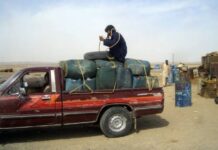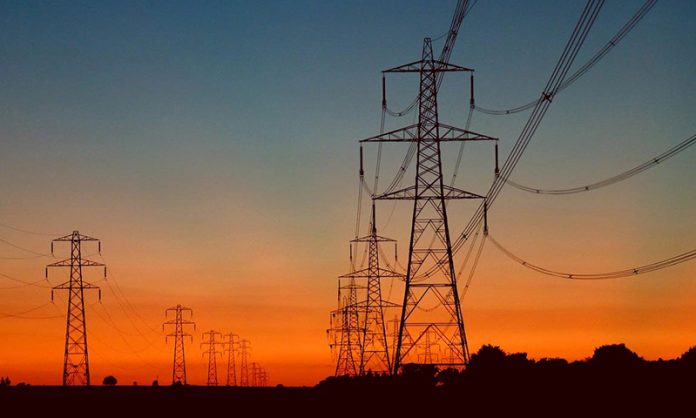LAHORE
The energy sector is again emerging a key factor in the political landscape of Pakistan in the run-up to its national elections in May 2018, which already underpinned the manifesto of all political parties in elections of 2013, the latest assessment of Asian Development Bank (ADB) on energy sector revealed.
The assessment, approved on August 21, 2017, and dispatched on September 5, asks the government to revise its action plan, and the frameworks of the power and petroleum policies, confirming residual issues and options for the next steps.
“Actions are required to remove two main distortions: (i) the long-standing gap between the cost of service and revenues gained either from tariffs or subsidies; and (ii) the unusually high cost of providing that service,” the report points out, mentioning that at the same time, inequities caused by poorly targeted subsidies, must be rectified to ensure that the sector develops in a socially and environmentally sustainable way.
The report appreciated the government’s introduction of surcharges that have contributed to managing some of the financial challenges in the sector. However, continued reliance on the imported fuel-based generation and high consumer receivables, accentuated by insufficient tariffs, have resulted in a persistent circular debt.
The report mentions power sub-sector relies heavily on government support and direct subsidies, which amounted to about 1.5 per cent of gross domestic product in fiscal 2016. Costs that cannot be recovered from consumers or the government accumulate on the books of the public electricity distribution companies. The distribution companies, in turn, fail to pay fully for goods and services they receive, especially electricity, thus spreading the shortfall throughout the supply chain. Commonly called the circular debt, these accumulated arrears amounted to about 4 per cent of gross domestic product in fiscal 2013.
The report pointed the intense energy shortage a major hurdle in achieving economic growth. “Although Pakistan has abundant renewable and sizable conventional energy resources, public and private investment in energy infrastructure have not been sufficient to meet demand,” the report pointed out and mentioned that electricity supply must be further improved by stepping up efficiency, and operation and maintenance of generation, transmission, and distribution networks. “Economic growth improved between FY2010 and FY2016, but was still lower than in the preceding decade,” the assessment added.
The report says that 5-gigawatt demand-supply gap combined with the stressed transmission and distribution system continues to result in significant load shedding – 10 hours per day in rural areas and 5 hours in urban areas. The national electrification rate remains low at around 67 per cent and is even lower (57 per cent) in rural areas.
In 2009, the FODP, recognizing the impact of persistent energy shortages on the economy and livelihoods, solicited the preparation of a sustainable and integrated energy plan for Pakistan. The government and ADB led the effort by creating the Pakistan Energy Sector Task Force to prepare an energy sector recovery report with a comprehensive road map for mobilising international assistance and a recommended action plan to solve energy security problems.
The United States, Japan, and Germany, among other development partners, formed the core team with the chairs and finalised the report in October 2010, which was presented to the ministerial meeting of the FODP comprising 24 countries and institutions. The recommendations of the report were subsequently fed into the Petroleum Exploration and Production Policy 2012 and the National Power Policy 2013.

























